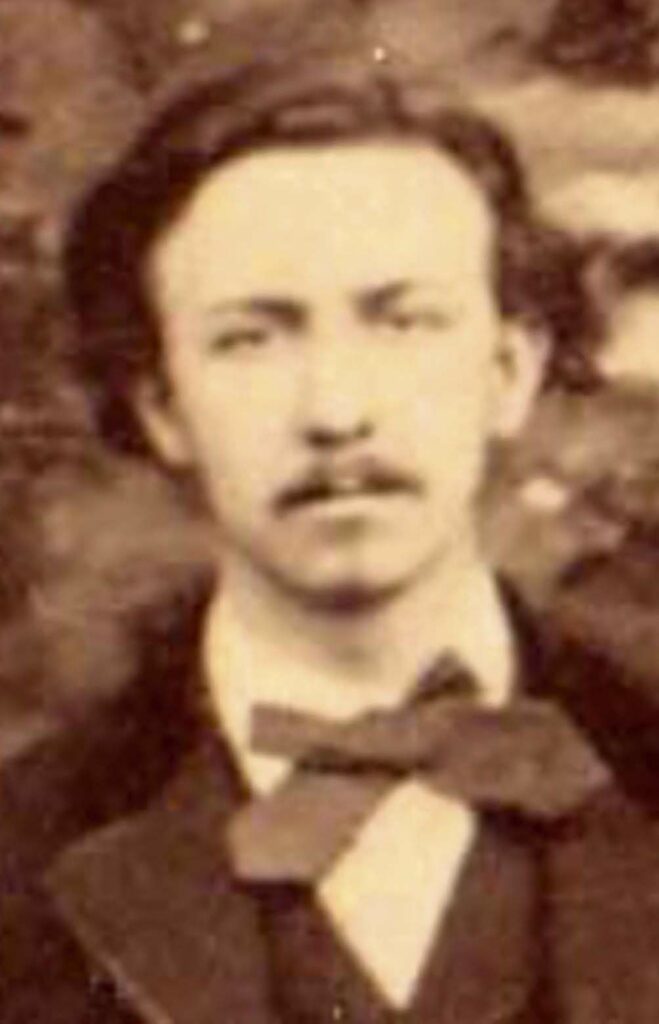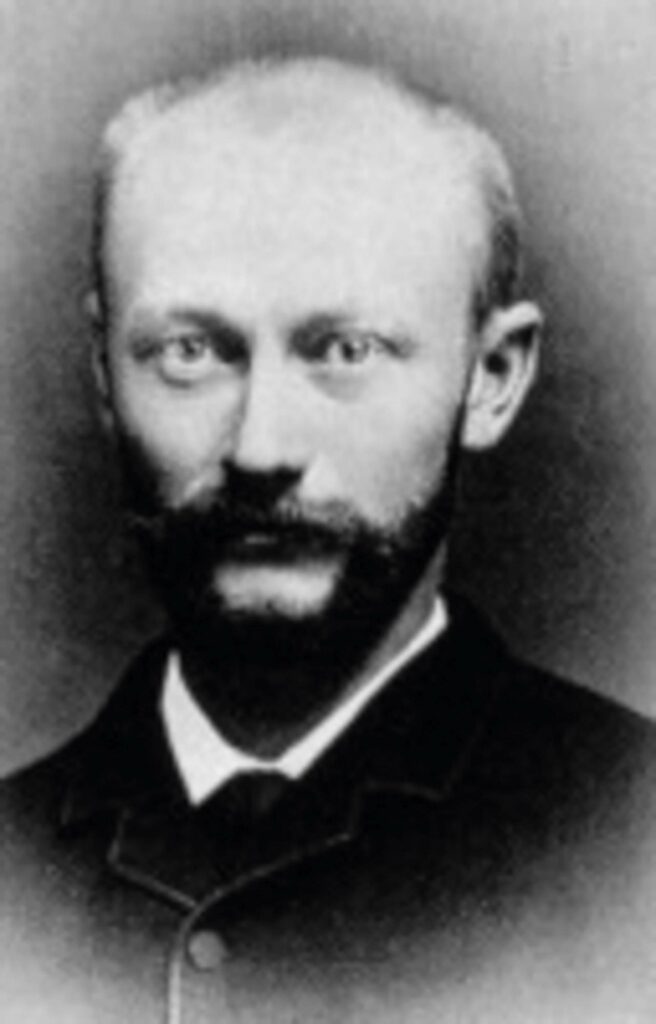Q&A
Who really designed the Eiffel Tower?


• SHORT ANSWER
This is not a trick question: it was NOT Gustave Eiffel
• LONG ANSWER
From more than 100 options entered into a competition to build a monument in Paris, the French engineer Gustave Eiffel’s tower was chosen. And, of course, he has been immortalised in the name of the iron-lattice tower subsequently erected for the Exposition Universelle of 1889 to celebrate the centenary of the French Revolution. Except, Eiffel didn’t design the Eiffel Tower.

Two chief engineers at his company, Emile Nouguier and Maurice Koechlin, came up with the idea, having been inspired by the wooden Latting Observatory in New York. Then architect Stephen Sauvestre drew up the plans with some decorative additions. It actually took a while for Eiffel himself to approve the design.
Once he did, he threw his weight behind the project. It took just two years and two months to build using around 18,000 wrought-iron parts and 2.5 million rivets. The 300-metre Eiffel Tower instantly became the tallest human-made structure in the world and an icon not only of 19th-century architecture, but of the nation of France. The group of 300 artists who signed a protest against the “useless and monstrous” tower must have felt a little silly after its glorious inauguration in March 1889.